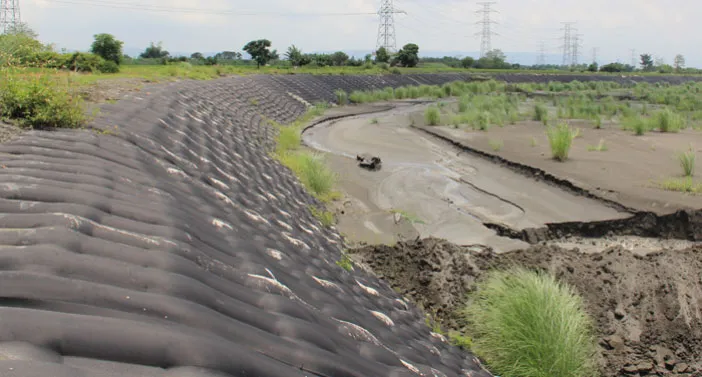
GeoTrans provides a number of products to help protect and prevent your project from erosion problems. With our expertise in soft soil stability, GeoTrans has a variety of products can minimize the effect of erosion and provide permanent protection.
Geosynthetics replace traditional materials such as soil and stone in performing important engineering functions and thus can be selected via a “design-by-function” methodology as prescribed by Koerner (2012). While traditional applications of geosynthetics perform more common in-ground functions such as separation and filtration, geosynthetics used in erosion and sediment controls are used on the soil surface. As such, they introduce the following unique functions according to ASTM D5819:
There are two categories of erosion control systems: The first is termed temporary or degradable and the second is termed long-term or nondegradable. There are numerous types of materials within these categories according to Zoghi, et al, (2000). Temporary degradable systems include conventional loose mulches, as well as, hydraulic mulch geofibers (HMG), erosion control netting (ECN), open weave meshes (ECM), erosion control blankets (ECB), and fiber roving systems (FRS). The long-term systems include conventional sod and riprap, as well as, turf reinforcement mats (TRM), fabric formed revetments (FFR), geocellular confinement systems (GCS), gabions (G), and articulating concrete blocks (ACB). ECNs, ECMs, ECBs, and TRMs commonly contain geosynthetic components and are classified as rolled erosion control products, or RECPs. Other geosynthetic systems include FFRs and GCSs.


